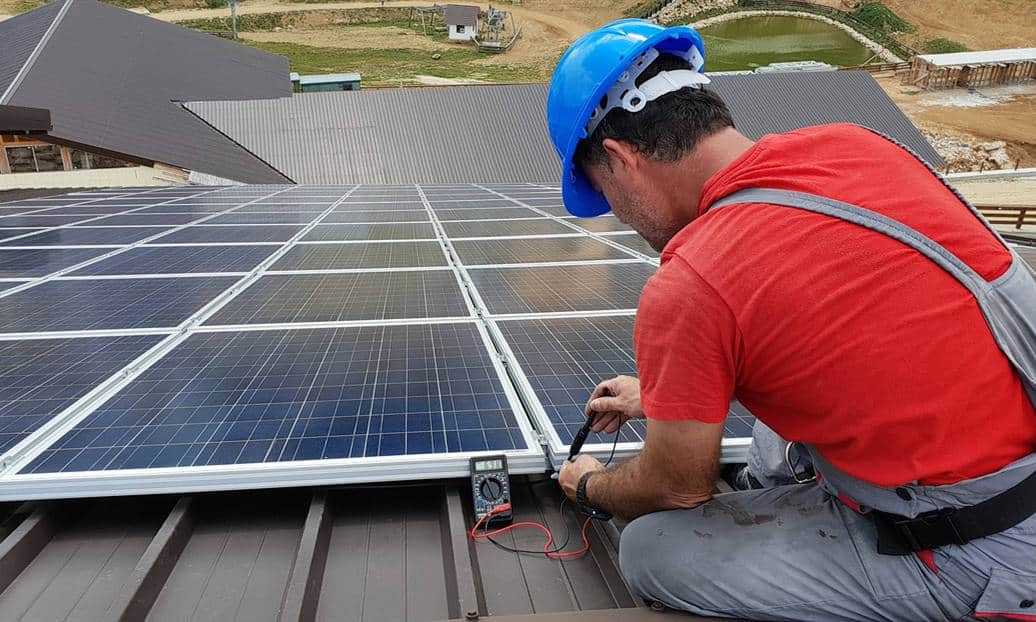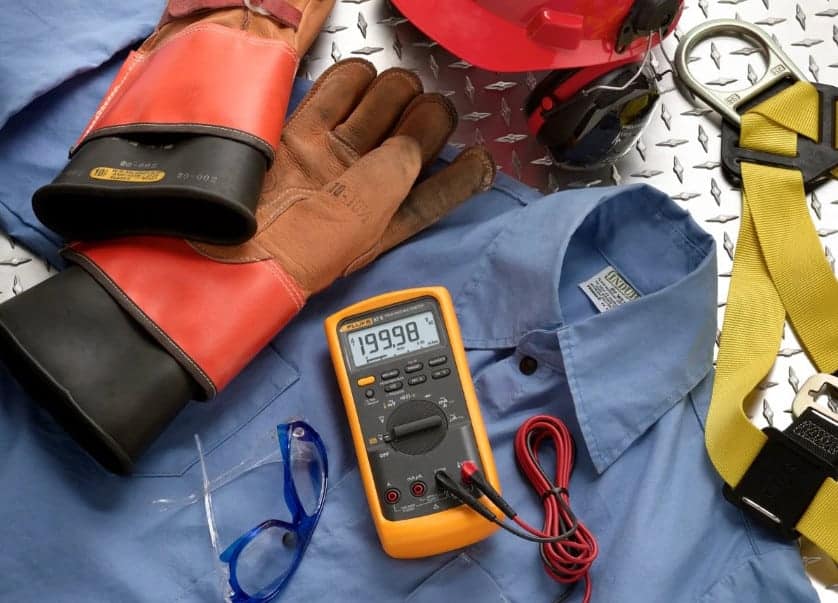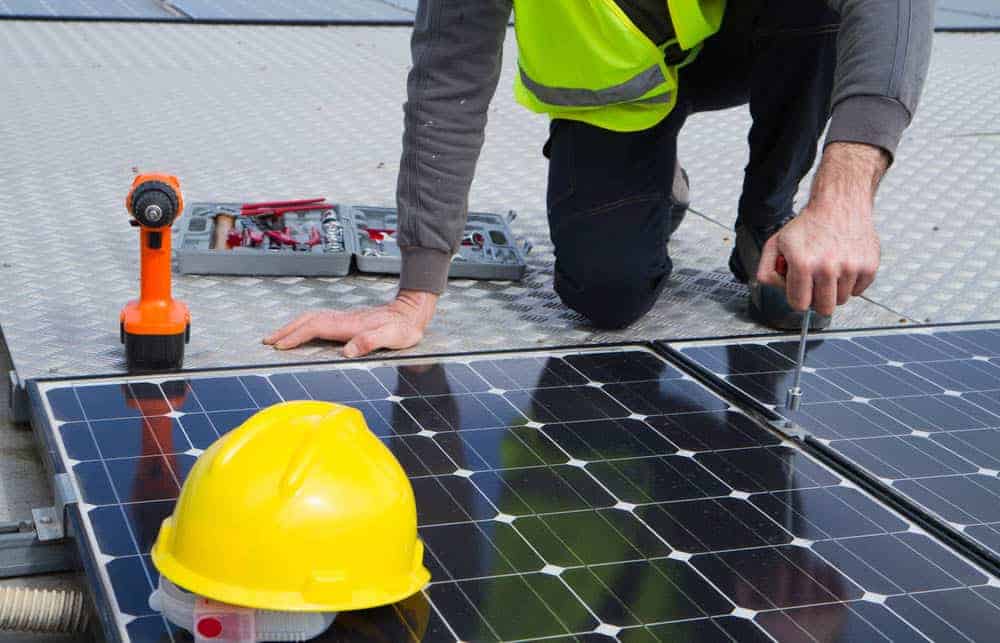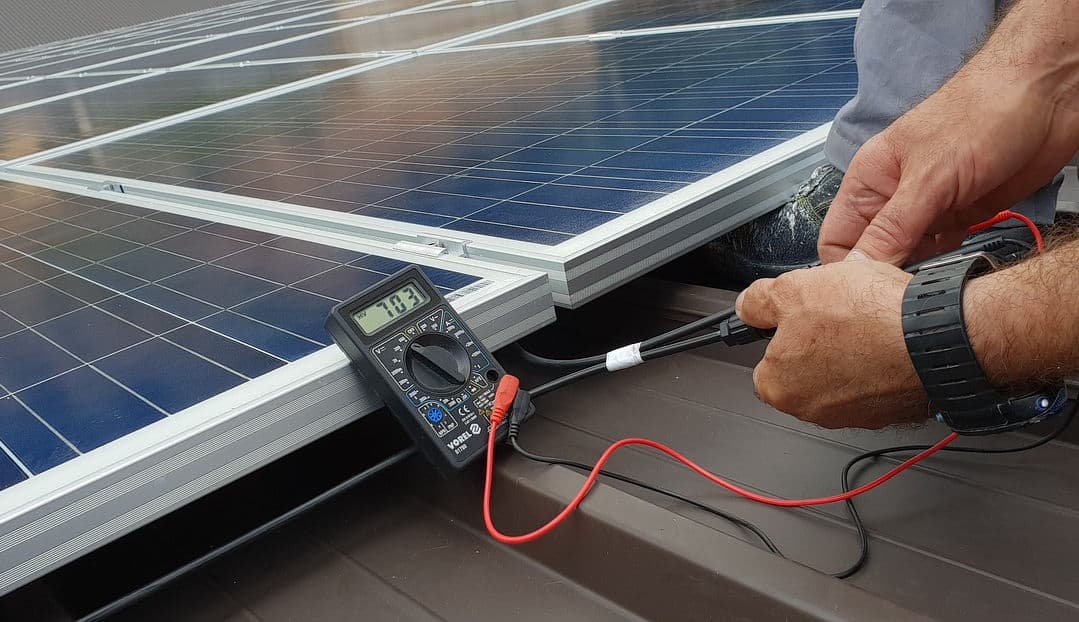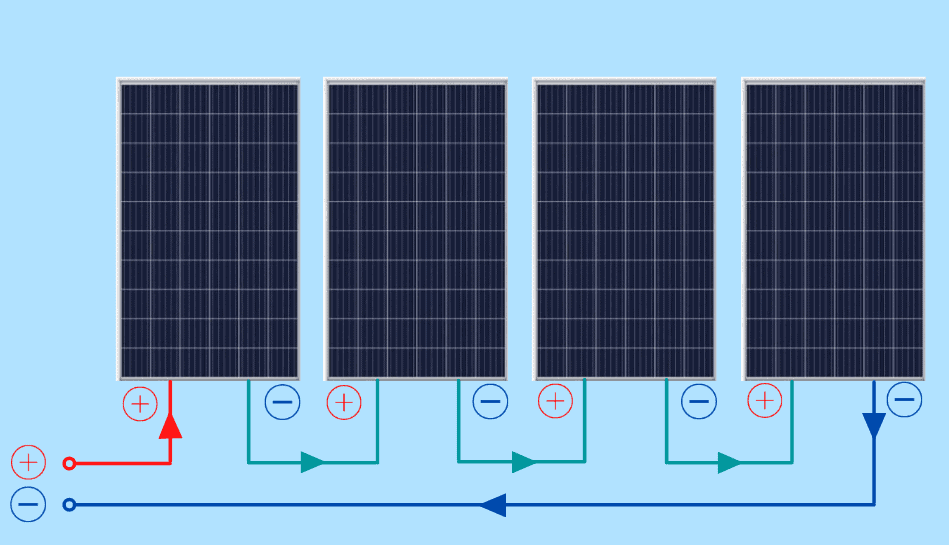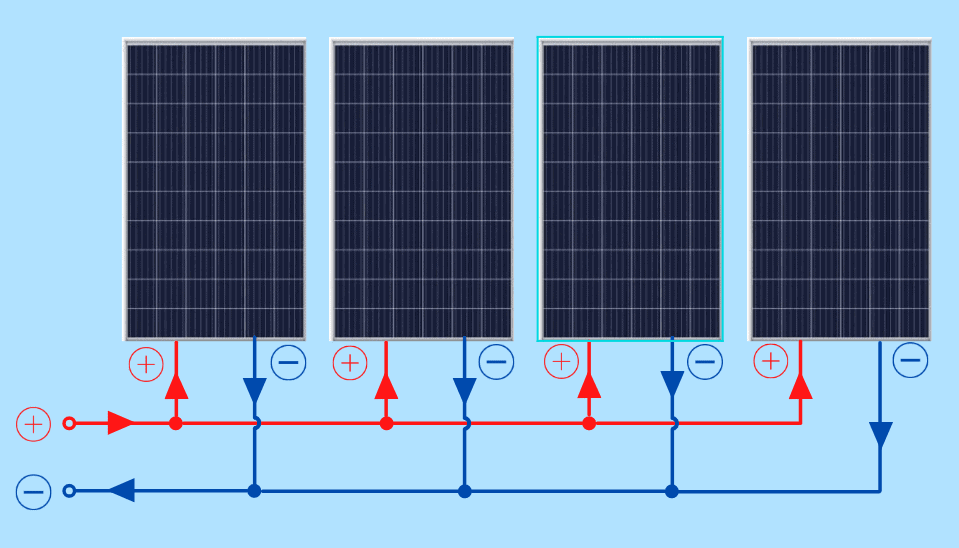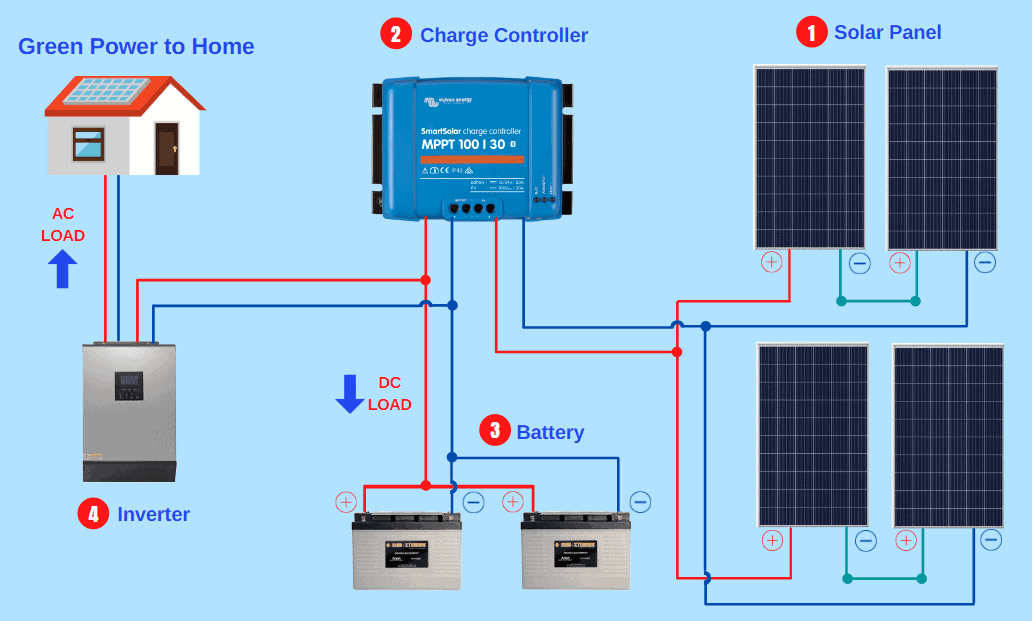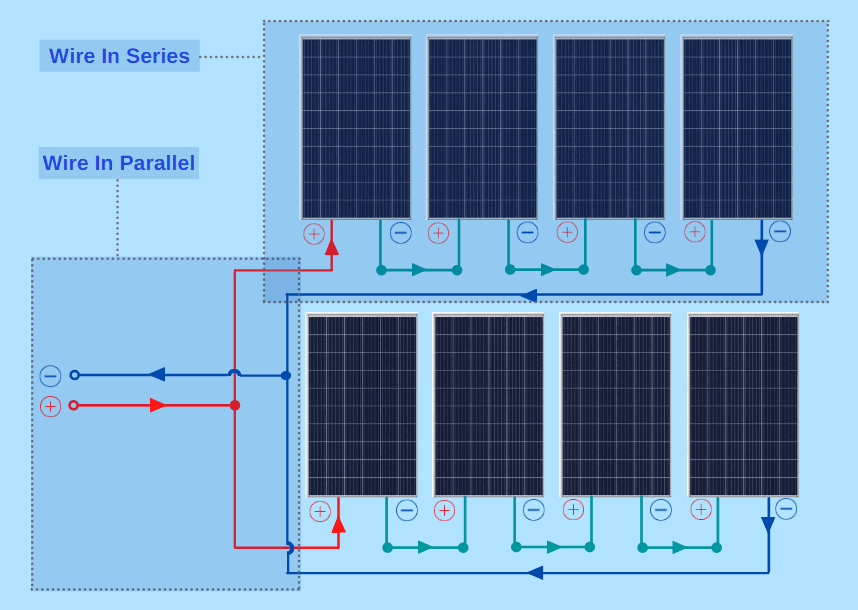Are you bothered by the wiring of the solar panels? Wiring is one of the most crucial steps in installing solar panels. Successful wiring enables your solar system to function well and meets all your power requirements.
But for many of you, especially those who lack wiring experience or are total amateurs of circuitry, wiring such a complex solar circuit system is a hard task. You may get confused with the multiple circuits and all these strange technical terms.
So it is critical matter for solar system owners to learn to distinguish different types of circuits and wire them in distinct ways. We provide some useful wiring steps and tips as follows.
Tools and Materials
Electrical Wiring Diagram
A wiring diagram is required because it is a circuit plan that helps you to get a clear picture of the needed circuit of your system. It also gives you the sizes and lengths of the wire that you need to buy.
Wire
According to the given electrical wiring diagram and the wiring types of your solar system, you decide to buy the required wires for your modules.
Junction Boxes and Slices
Junction boxes and slices are required to complete wiring. Since different solar systems have different circuits, you need to buy junction slices and boxes that can hold the particular amperage and voltage demands. Some of them are used outside, and some others are for indoors. They should meet separate ratings.
AC Breakers and Sub-Panels
AC breakers are required to transport the AC power of the solar system, and you need to check for their compatibility of because there could be different mounting circuits. Sub-panels are required to combine different AC solar panels.
AC Disconnects and Fuses
These two tools are needed for safety considerations. Generally, the shipment list will conclude with a non-fused manual AC disconnect that allows you to feedback on the grid. And fused manual AC disconnect offers protection for the circuits when the current is over.
PV Meters
PV meters are needed if you want to install a system tied to the grid. Usually, you just need to install meter sockets to evaluate the power from the solar array.
EMT & ENT Conduits
Electrical Metallic Tubing (EMT) is always a necessary material for mounting. Although ENT conduits are cheaper and easy to use, they are usually banned from use for common building codes.
Learn Some Necessary Technical Terms
- Current- Current means electric current that flows in electrical circuits like water running in a tube. We use ‘I’ to represent it as a formula term. Current refers to the flowing rate of charges, which is evaluated in amperes (amps).
- Voltage- Voltage refers to electric potential difference, which means the potential difference between two ends of a circuit in electrical charge. It is represented as ‘V’ in equations, and it is evaluated in volts (V). Voltage can be influenced by several factors, including temperature, sunlight, and so on. So if it is a cold sunny day, the voltage will be very high and the solar panel will generate more energy.
- Power- We know that the generated solar energy will be transferred to the battery. So the transferring rate is called power, and it is represented as ‘P’ in equations. Power is evaluated in watts (W). We work out the value of power by multiplying voltage with current, namely, P = V x I. If you want to know more about the relationship between them, you can check the link Voltage and Current.
Solar Panel Wiring
To activate your solar panel system, you need to create an electrical circuit by wiring the solar panels. Then, the current could flow in the circuit to the inverter which will transform the DC power to AC power for your property.
This creating and connecting process is called wiring, and you have about two common wiring types: Series and Parallel.
Wire solar panels in series
Put it simply, we are all very familiar with traditional batteries. A solar panel is just a comparable model that has two poles too. It has a positive terminal and a negative terminal. Wiring solar panels in series to connect each of them to the other in order. And finally, they form a panel line.
If you have a wiring diagram, you can do it as the diagram shows: you should connect the wire from the positive terminal of one solar panel to the negative terminal of the next solar panel, and repeat. Finally, all of them will be connected in series.
A series connection is created when you finish what the last paragraph explains. Then if you continue to connect more solar panels like that, a PV source circuit will be built. You have a solar PV system circuit.
When the solar panels are stringed together in series, the total voltage increases correspondingly. The voltage of each panel adds together to be a sum voltage. But the current remains unchanged. So the amperes stay at the original value.
Wire solar panels in parallel
Compared with connecting solar panels in series, stringing solar panels in parallel is a little more complex. Unlike the former circuit, this type needs more skills and provides more circuits.
When wiring solar panels in parallel, instead of connecting the wire from the positive side of one panel to the negative side of another panel, you need to connect all the positive terminals of every solar panel. Meanwhile, the negative terminals of all the solar panels need to be wired together too.
In this wiring way, you need extra connectors and combiner boxes. All the positive poles are wired to one connector in the combiner box, and the negative terminals are stringed to another connector.
When you connect several panels like this, a solar PV circuit forms.
Contrary to the solar panels in series, connecting solar panels in parallel will increase the current (amperes) by adding each panel’s amps together. However, the voltage will still stay the same as the individual panel’s voltage.
Decide how to wire your solar panels
In terms of how do you wire your solar panels, you need to consider two factors: the inverter and the charger controller.
Inverter
An inverter is a crucial component of the solar panel system. When wiring the solar panels, you have to consider the capacity of your inverter.
An inverter has a quoted current rating to allow itself to operate well, so your wiring should guarantee that the circuit won’t exceed the maximum current of the inverter.
Also, it has voltage limitations too. There are rated voltage windows on the solar panels, allowing the inverter to function.
Most inverters offer a functional rated voltage window ranging from 300 to 500 volts. Which type of inverter you will use determines the number of solar panels you can add. You can consider how many solar panels you will install in your system and which type of circuits you wanna wire.
Charge controller
The charge controller is another essential factor you must focus on when stringing your solar panels. And there are two types of charge controllers in the market: PWM, and MPPT.
PWM means Pulse-Width Modulation. It is cheaper but may produce some power losses. According to the data, as much as up to 60% of power can be lost during conversion.
The reason for the loss is that a PWM controller is limited and can not optimize the voltage going to the batteries. So it suits smaller systems.
MPPT refers to Maximum PowerPoint Tracking. An MPPT controller can effectively optimize the voltage coming from the solar panels. As a result, the produced energy by solar panels can be transferred to the battery bank at a maximum rate.
Can I have solar panels both in series and parallel?
As we have mentioned above, wiring solar panels in series will increase the total voltage, and stringing them in parallel will improve the total current. So you have to figure out what size of an inverter you will add depending on the wiring design.
In most cases, to generate power as much as possible for your property, you can connect your solar panels with both parallel and series wiring. Then your solar system can work at a higher current and voltage.
Conclusion
Wiring solar panels is quite a technical task that requires skills and technical knowledge. With the given analysis and steps, you can try to do it yourself. Remember to buy all components that suit your solar system. And safety is another matter you need to consider.

